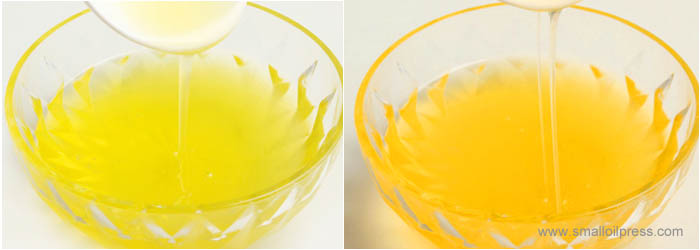How Oil Extraction Methods Affect Peanut Oil Quality
In modern oilseed processing, especially in large-scale oilseed processing plants, the choice of oil extraction method (cold pressing, hot pressing, or solvent extraction) directly and quantifiably impacts the final oil’s quality. Each method interacts differently with the raw material, affecting the peanut oil’s chemical composition, shelf life, nutritional value, and even safety.

Cold Pressing: Preserving Natural Characteristics
Cold pressing involves pressing peanuts at low temperatures (typically below 60°C). Unlike other methods, this process avoids the use of high temperatures and chemicals, helping to preserve delicate nutrients such as vitamin E (VE), phytosterols, and unsaturated fatty acids like linoleic acid and linolenic acid.
- Cold-pressed peanut oil has the following characteristics:
- Light yellow color with a subtle natural aroma
- Higher retention of bioactive components
- No trans fatty acids detected
- Higher content of essential fatty acids (such as linoleic acid)
- Lower acid value and peroxide value after production
Although cold-pressed oil has a lower yield compared to hot-pressed or solvent-extracted oils, its quality and purity make it an ideal choice for the premium edible oil market. In fact, the residue left after cold pressing still retains significant nutritional value and is often processed into edible peanut protein powder.
Hot pressing: increased yield with moderate nutrient loss
In the hot pressing oil extraction process, peanuts are first heated (typically to 120–130°C) before mechanical pressing. The heating process reduces oil viscosity by breaking down cell structures, thereby promoting oil release. As a result, oilseeds achieve significantly higher extraction efficiency.
However, the thermal degradation of certain heat-sensitive compounds cannot be ignored. For example:
- Moderate reduction in VE content
- Possible minor loss of flavor and aroma
- Slight darkening of color is common
- No formation of trans fats (unlike solvent-extracted oil)
Hot-pressed peanut oil typically has higher oxidative stability than solvent-extracted oil but is less stable than cold-pressed oil. In practical applications, this method achieves a good balance between yield and quality, making it widely popular in medium to large-scale production.

Solvent extraction: industrial efficiency at the expense of purity
Solvent extraction (commonly using hexane) is the most efficient method for oil recovery. The process involves grinding peanuts and immersing them in a solvent to dissolve the oils, followed by distillation to remove the solvent.
- Despite its high efficiency, this method has the following drawbacks:
- Significantly reduced VE content—typically less than half that of fresh or cold-pressed oil
- Color inversion and noticeable flavor degradation over time
- Trace solvent residues remain even after refining
- Trans fatty acids form during high-temperature deodorization steps
- Lower linoleic acid content compared to pressed oil
After long-term storage (e.g., one year), the peroxide value of solvent-extracted peanut oil is typically 2.7 to 6.9 times higher than that of fresh oil, indicating faster oxidation rates and quality degradation.
Key Differences Between Pressing and Solvent Extraction
| Factor | Cold Press | Hot Press | Solvent Extraction |
|---|---|---|---|
| Oil Yield | Low (~70-80%) | Medium (~85-90%) | High (~98-99%) |
| Temperature | Below 50°C | 100–130°C | High (solvent removal) |
| Nutrient Retention | High (vitamin E, antioxidants) | Moderate | Low (lost in refining) |
| Flavor | Mild, natural | Nutty, roasted | Neutral, bland |
| Trans Fats | None | None | Possible traces |
| Shelf Life | Moderate (better than refined) | Shorter (due to heat damage) | Long (but flavor degrades) |
These indicators highlight that cold pressing is preferred for high-end, health-conscious markets, while hot pressing provides a good compromise for everyday cooking oil. Solvent extraction remains primarily a cost-saving strategy in mass production where shelf life and flavor are less critical.
Actual impacts on oil plants and consumers: The rise of cold-pressed peanut oil
Modern oil plants are increasingly adopting cold press oil press technology, particularly twin-screw presses, which maximize oil yield while preserving oil quality. Such equipment enables some large-scale producers to transition to more natural and sustainable oil processing methods.
At the consumer level, awareness of extraction methods is growing. As buyers gain greater access to information, label transparency and detailed information about oil sources and processing methods may become differentiating factors in competitive markets.
The extraction method for peanut oil not only determines yield and cost but also impacts flavor, safety, and nutritional value. By understanding the trade-offs between cold-pressing, hot-pressing, and solvent extraction, manufacturers and consumers can make more informed decisions based on their priorities, such as purity, efficiency, or profitability.

